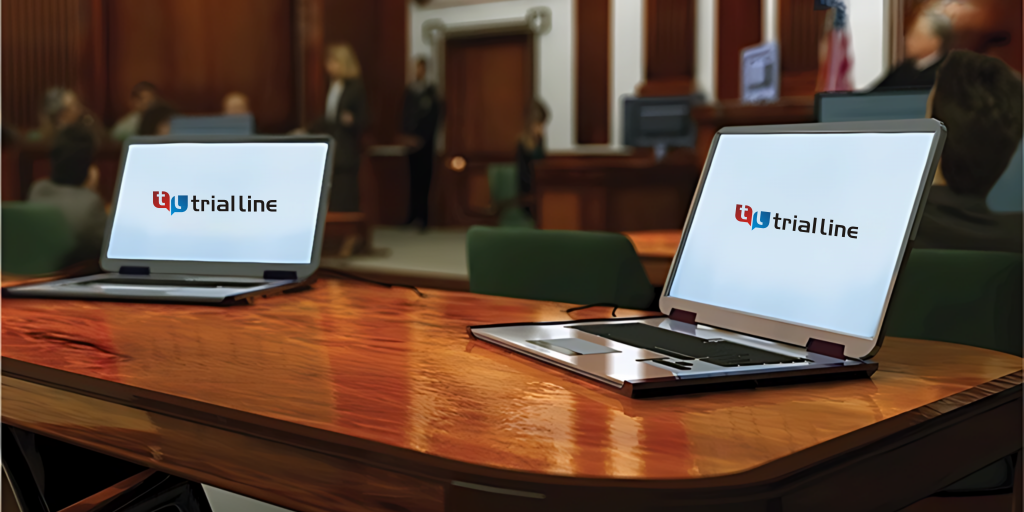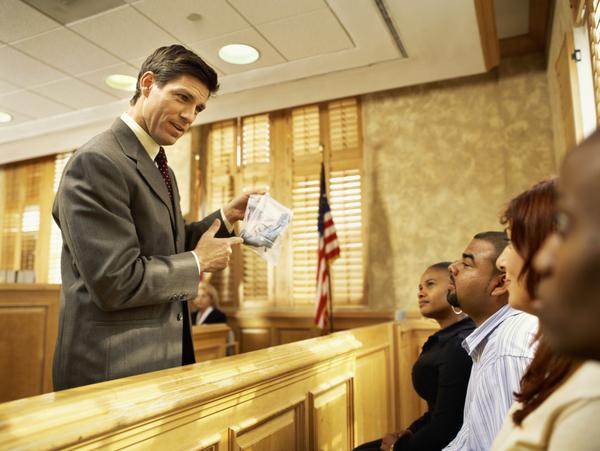Legal experts trust professional trial presentations to support their courtroom strategy.
Legal experts trust professional trial presentations to support their courtroom strategy.
Blog Article
Exactly How Test Presentations Enhance Your Debate and Convince Jurors
Trial presentations offer as a pivotal system for enhancing legal arguments and persuading jurors. The critical use of visuals not only clears up intricate information yet also catches jurors' focus extra efficiently than words alone.

Significance of Aesthetic Aids
Aesthetic aids play an important role in boosting the efficiency of trial discussions, as they can significantly enhance target market interaction and retention of details. In the context of a trial, where jurors are charged with handling complicated details, visual help offer to simplify and make clear essential factors. Charts, charts, and images can share data and ideas that might otherwise bewilder or confuse jurors, enabling an extra simple understanding of the proof provided.
In addition, visual aids assist in maintaining juror interest throughout the process. By breaking the dullness of spoken testimony, these tools can stress critical disagreements, making them more remarkable. Reliable visual aids can likewise stimulate psychological responses, which can be crucial in persuading jurors to align with the presenter's narrative.

Crafting Engaging Stories
A compelling narrative is necessary in trial presentations, as it offers as the foundation of effective persuasion. It enables lawyers to weave with each other facts, evidence, and emotional aspects right into a coherent story that resonates with jurors. This narrative structure makes it possible for jurors to recognize the intricacies of the case while directing them with the lawyer's debate.
To craft a compelling narrative, attorneys ought to concentrate on quality and comprehensibility. This entails developing a clear lead character-- frequently the client-- and describing their trip with the occasions concerned. Offering the realities in a sensible series boosts understanding and keeps involvement. In addition, using dazzling summaries can develop psychological photos that aid jurors picture the occasions, making the story a lot more unforgettable.
In addition, incorporating vital motifs throughout the presentation reinforces the core message and aids in retention - trial presentations. The story must not only convey details however likewise evoke a feeling of justice, highlighting the stakes involved. Ultimately, a well-constructed narrative cultivates a link between the jurors and the instance, placing the attorney's disagreement as both trustworthy and compelling, thereby boosting the likelihood of a desirable decision

Engaging the Court Mentally
Reliable jury involvement hinges on the lawyer's ability to get in touch with jurors on an emotional degree. This connection can considerably impact jurors' understandings and their utmost decision-making. Making use of emotional allures allows attorneys to humanize the instance, changing abstract legal ideas into relatable additional info experiences. By offering real-life tales or testimonials, lawyers can evoke compassion and concern, cultivating a deeper understanding of the problems at risk.
Visual aids, such as photos or video clips, can additionally improve psychological involvement, providing jurors with brilliant depictions of the instance's human components. Crafting a narrative that highlights the struggles and triumphs of the individuals included makes certain that jurors see beyond the legal arguments and recognize the human repercussions of their decisions.
Additionally, tone and body movement play a crucial role in communicating emotion. An attorney's passionate shipment can resonate with jurors, reinforcing their emotional investment in the event. It's important to stabilize sob stories with accurate evidence, guaranteeing that jurors feel obliged to act while staying grounded in the truth. Ultimately, an emotionally involved court is most likely to be convinced, making emotional connection an essential part of reliable trial presentations.
Structuring Your Discussion

The body of the presentation should be practically segmented right into crucial points, each sustained by compelling proof. It is useful to use narration techniques to weave truths into a story that jurors can easily comply with. Visual aids, such as graphes and videos, can boost comprehension and involvement, helping to highlight essential pieces of proof.
Real-World Study
Analyzing real-world instance studies supplies important understandings right into the art of trial presentations and persuasion. For example, the landmark situation of "O.J. Simpson v. Individuals of The golden state" illustrates exactly how aesthetic help and engaging narratives can persuade court assumptions. The defense team successfully used a technique that combined prominent professional testimonies with multimedia discussions, which astounded jurors and inevitably influenced their decision.
Another noteworthy example is the "McDonald's Coffee Situation," where the plaintiff's attorneys utilized graphic pictures of the injuries endured by Stella Liebeck. trial presentations. This plain visual proof played a vital role in sharing the intensity of her burns, article source leading to a substantial court honor. Such instances show that impactful test discussions typically hinge on the reliable integration of visuals and narration to evoke emotional actions from jurors
Additionally, the "Casey Anthony Test" highlighted the relevance of narrative comprehensibility and integrity. The prosecution's failing to develop an engaging timeline decreased their persuasive power, highlighting the necessity of a well-structured presentation. Assessing these instances discloses that successful trial discussions need tactical planning, emotional interaction, and the capability to reverberate with jurors' values and beliefs.
Conclusion
Test discussions dramatically improve disagreements and encourage jurors through the tactical use of aesthetic aids, engaging stories, and emotional interaction. By streamlining complicated information and fostering connections with the target market, these components develop a memorable and impactful experience. A well-structured presentation balances sob stories with valid evidence, inevitably reverberating with jurors' worths. The integration of these strategies not just affects decision-making but additionally underscores the value of efficient communication in the court room.
Report this page